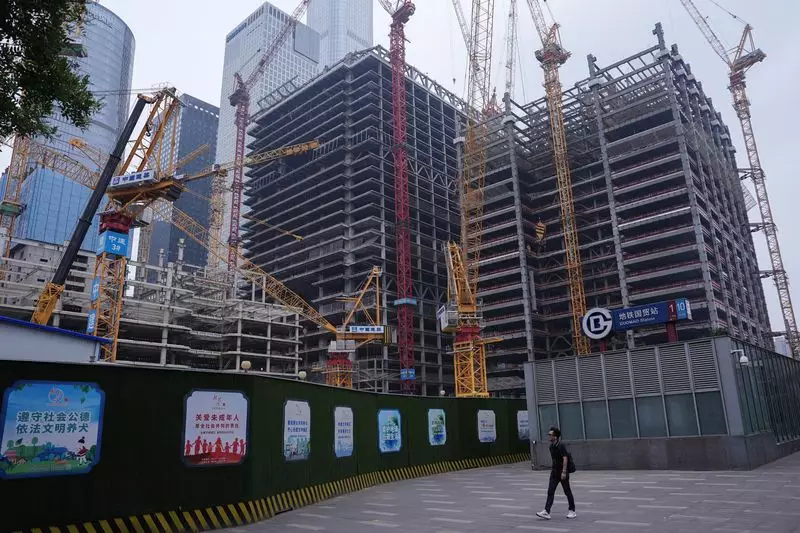In a recent press conference, China’s Finance Minister Lan Foan laid bare a vital piece of the puzzle for investors: the nation plans to “significantly increase” debt in an effort to rejuvenate its ailing economy. This declaration comes at a precarious time as China’s growth momentum falters, coupled with deflationary pressures and a beleaguered property market. Despite China’s position as the world’s second-largest economy, clarity around the size of the promised stimulus package remains elusive, leaving investors in a state of uncertainty.
Lan indicated that the government intends to assist local authorities in addressing debt challenges, provide support for low-income individuals, bolster the property sector, and enhance the capital of state banks. While these measures align with investor expectations for immediate intervention in light of economic stagnation, the lack of specific monetary figures is troubling. According to analysts, the government’s vague communication regarding the scale of proposed spending clouds the prospect of a robust market recovery. Vasu Menon from OCBC aptly noted that while determination was evident, the absence of concrete numerical details could lead to disappointment among investors looking for a substantial fiscal stimulus.
This ambiguity could have implications for China’s stock market rally, which recently saw a significant uptick following a Politburo meeting that hinted at renewed economic urgency. However, with no firm numbers to anchor investor expectations, many are left on edge regarding the sustainability of this rally, contributing to volatility in not only local but also global trading markets.
A string of recent economic data has missed expectations, prompting fears that the government’s ambitious 5% growth target for the year may be jeopardized. Observers eagerly await the upcoming release of September data, which many anticipate will further illustrate economic weakness. Despite this, Chinese officials have professed confidence in their ability to meet the 2024 growth objectives. The contrast between official optimism and the reality of economic indicators creates a chasm that raises doubts about the underlying strength of China’s economy.
Additionally, projections indicate that fiscal stimulus measures are at a pivotal moment of speculation, spurred by the urgency expressed in high-level meetings. It is here that investors are experiencing a delicate balancing act, caught between the hope for stimulus and the fear of a rapidly approaching economic downturn.
While the recent announcement from the central bank included sweeping monetary policies, analysts are emphasizing a need for broader structural changes beyond immediate fiscal responses. Current lending practices, which are heavily influenced by state backing, encounter stiff headwinds from weak credit demand. Simply injecting capital into struggling banks will not fundamentally resolve issues related to consumer spending and investment paradigms that prioritize debt over sustainable growth.
One major concern highlighted by experts is that despite massive fiscal spending, much of it continues to support investments rather than directly bolster consumer demand. The impact of this is stark: households in China are spending less than 40% of their annual economic output, a figure considerably below the global average. Many analysts argue that for China to revive its economy, it must pivot towards fostering domestic consumption—a task that demands substantial policy reform and shifts in economic focus.
Lan returned to an often-overlooked aspect of China’s fiscal challenges: the significant room for local governments to maneuver financially. With a reported 2.3 trillion yuan available in quotas and unused funds for the year, local authorities are uniquely positioned to stimulate their local economies—provided they can navigate the hurdles of debt accumulation. Lan’s suggestion that municipalities should be allowed to repurchase unused land from developers may provide some relief; however, it remains to be seen how effective these measures will be in rejuvenating local economies.
While there are signs of governmental intent to address the pressing economic situation through increased debt and potential fiscal stimulus, the road ahead is anything but clear. Fundamental changes to how the economy operates seem imperative, particularly in strengthening consumption. Without a more comprehensive approach that addresses both immediate fiscal challenges and underlying structural weaknesses, the sustainability of China’s recovery remains in doubt. Therefore, investors, policymakers, and economists alike will need to adopt a critical lens toward current strategies while advocating for a holistic and reform-focused approach moving forward.

